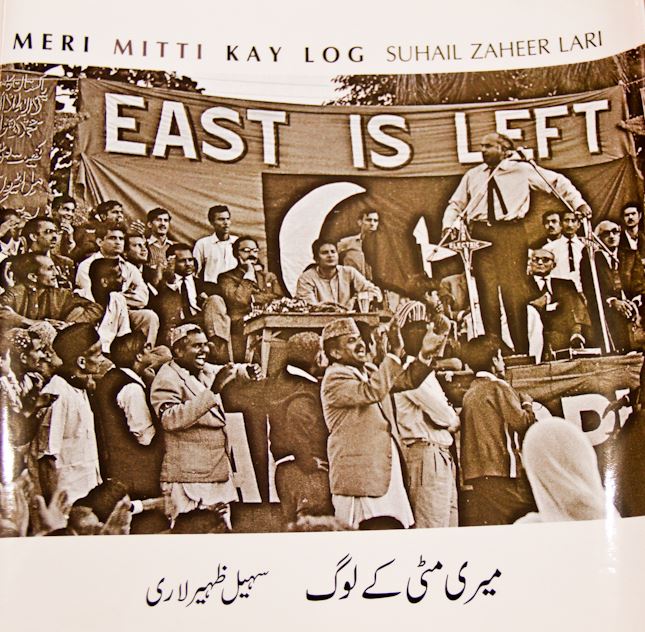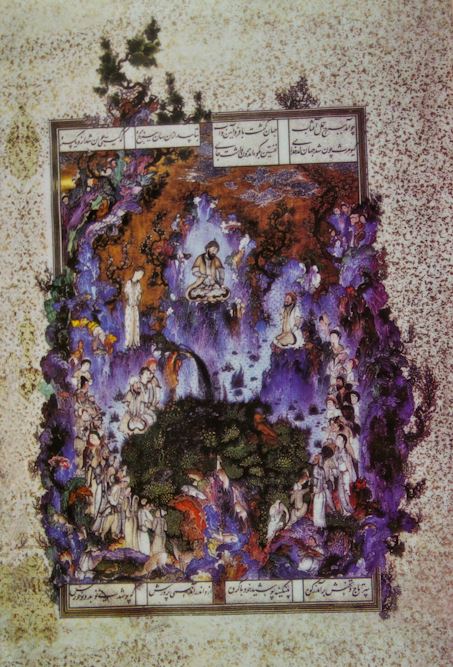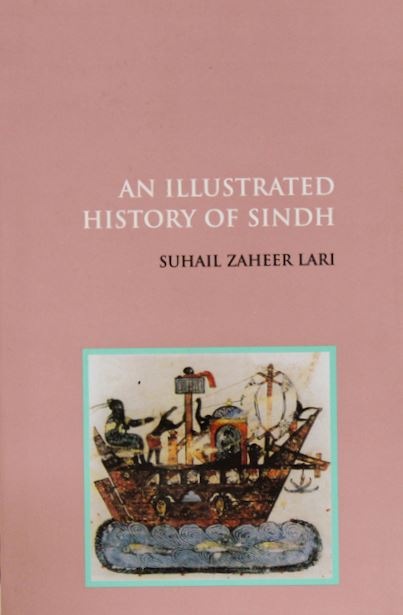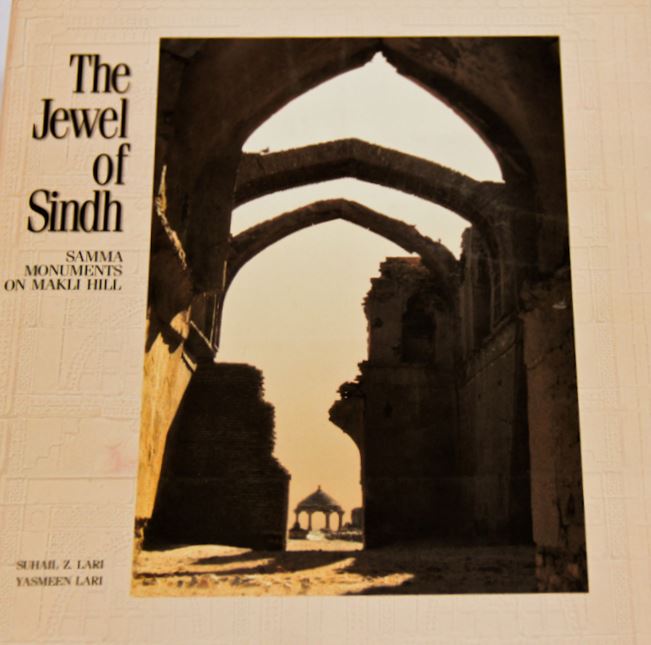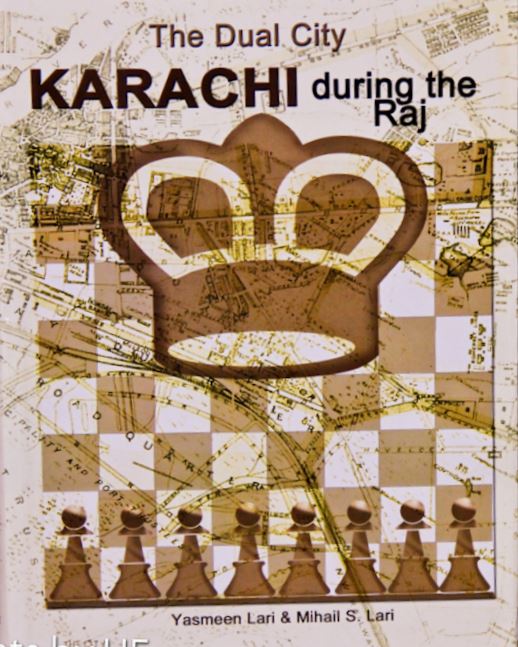Meri Mitti Key Log
by Suhail Zaheer Lari , Rs 2500/-
Suhail Zaheer Lari’s portfolio of photographs stands testimony to the endeavour of the people of this country to survive against many odds, managing to celebrate life despite the shadow of death which stalks those who live on the edge of a world marked and often scarred by so many conflicts. A pictorial memoir, an imagined landscape, and a visual history: all of these describe the rich collection of images which bring Pakistan into our blunted conscience. It is imperative that Lari’s work be preserved, shared, and celebrated as much as he has celebrated the lives of his timeless subjects.
Feryal Ali Gauhar
Amazing portraits of aged men and women depict what nature paints with the brush of time on human faces. On the one hand one sees webs of wrinkles on seasoned faces and on the other, an untouched innocence on the young. Living in the mega city of Karachi, Suhail forms a relationship with them through the soil he owns as a Pakistani. He portrays a true picture of what he sees in the rural surroundings as well as slums, which exist side by side with the posh habitats in the metropolis. Like his previous book on the political history of Sindh, his present work of photography also speaks for his hard work and patience in collecting relevant data. He compiles the data maintaining the flow of the story. The outcome is like an elaborate spread of patchwork in sober tones with continuity of design.
Shamim Akhter
When one sees Suhail Lari’s collection of photographs inspired by Mother
Earth, one realizes that photography is an art form. The black-and-white photographs taken at high speed, and with a high-speed film, have a grainy, textured effect so that human faces too, look as if they are at one with the natural environment. They send shivers down the spine, as they remind one of one’s genesis and the fact that we are, after all, just humble beings made of clay. The touches of colour projected by the photographs taken at high speed, lend them a look of a sketch rather than a snapshot. Truly an amazing work of art and craft!
Shanaz Ramzi



